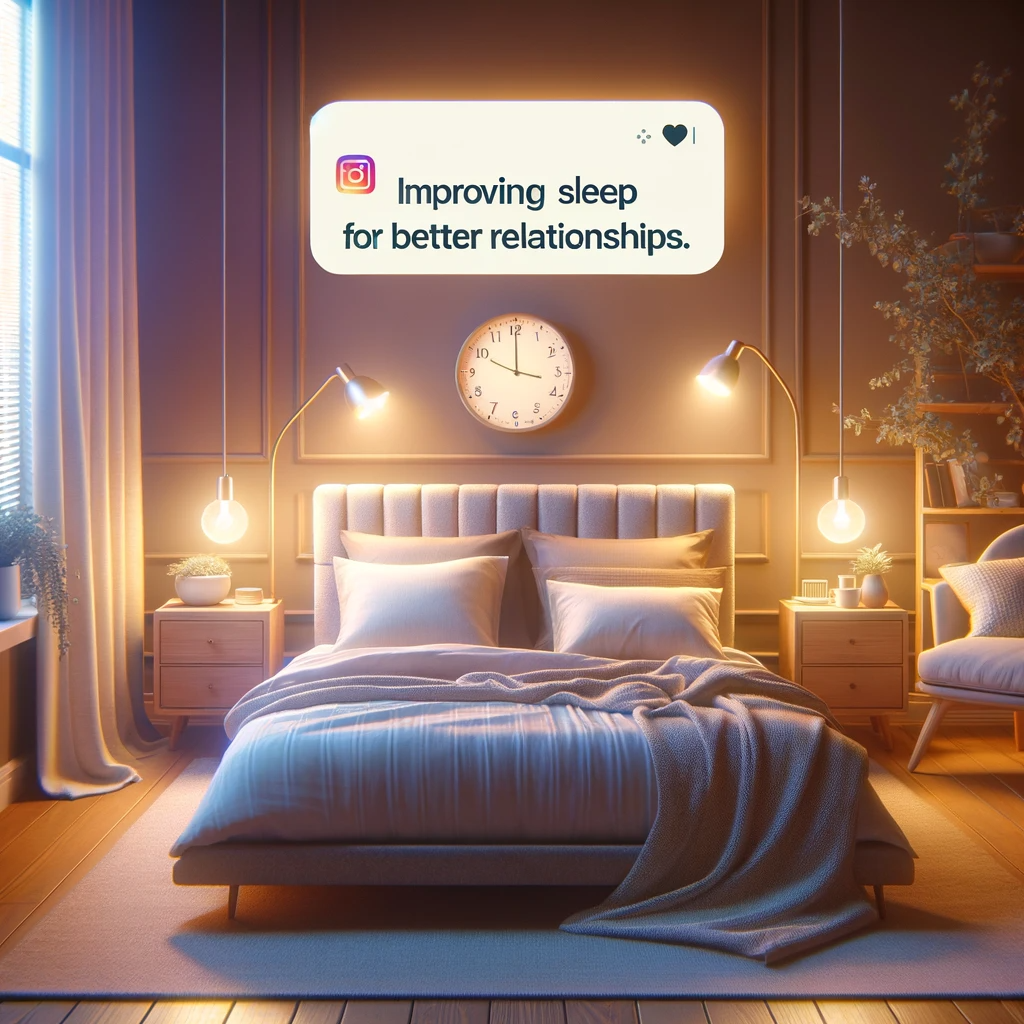Comfort and Authenticity – Finding the Middle Ground
On the surface, it seems like identifying with who you are and showing that to others should be something that is natural to us. However, this couldn’t be further from the truth. We have a lifetime of defense mechanisms that prevent ourselves from truly being seen. We come with lifelong histories that include lessons on emotional vulnerability–when to expose ourselves and when to avoid this altogether. However, we really can’t connect when we don’t display our authentic selves. Thus, emotional comfort and safety can work against our built-in desire to connect.
Safety has its purpose. The lessons that we learn about emotional comfort don’t develop on their own. They build out of genuine stories of loss, failure, hurt, and grief. Such defense mechanisms are extremely important in keeping ourselves out of harm. Without them, we are likely to fall into a trap of cycling through the same type of pain time and again.
In friendships, workplace relationships, and romantic relationships, safety can work against us. We have opportunities to connect, but in order to do so, we have to be willing to take risks. This is when we can show who we really are. This is where so many of us put on the brakes, and turn the other way. So how do we deal with the paradox of respecting our own need for personal safety versus our own need for connection?
We all have our ideal ways that we would like to be viewed. “Attractive, hard-working, strong…” These are all possible examples of how we want others to see us. These all can be true about us. However, also have other things that aren’t so great as well. The first step to bridging the gap between safety and connection is to recognize our personal, idealized visions for how we want to be seen. When we see these things for what they are, we can determine which ones are actually true. We can also learn the story that is behind them. This understanding can make it easier to identify reasons for avoiding emotional vulnerability, and help to move through the experience as it happens.
Connection is largely a felt sense. It’s not the intensity of early excitement from a new relationship or a sexual encounter. It’s a feeling of worthiness for being seen and heard for who we really are. In order to take steps into this territory, there has to be trust. When we consider showing parts of ourselves to others, and we’re unsure of how this will be viewed, we need to know that this is someone who has the right to hear it in the first place. This trust takes time. It’s often learned through trial and error. This makes connection a process that doesn’t happen quickly.
Through self-examination and identification with the perceptions that you wish others had of you, you can learn about yourself in a way that you might not have before. This realization will help you to look for times when you can work to build trust with others. In time, you’ll be able to better flow through respecting your own personal need for safety, while imperfectly taking risks to build new relationships, and enhance the ones that you already have.







